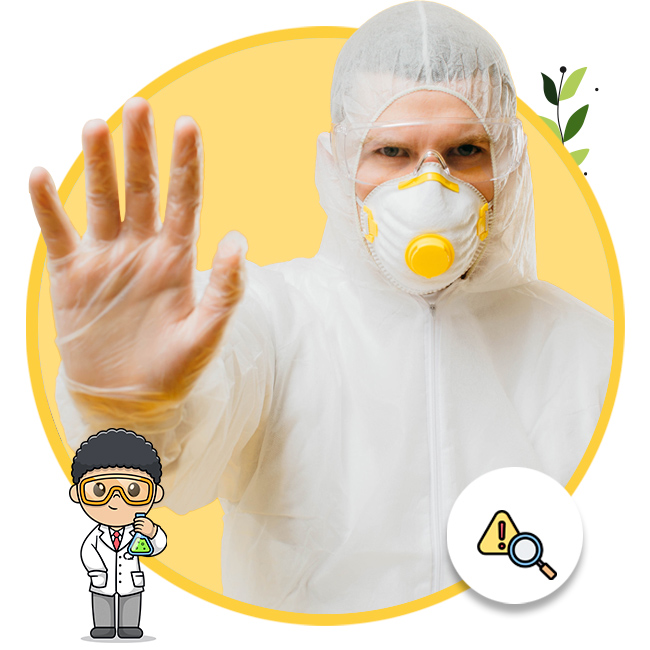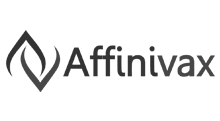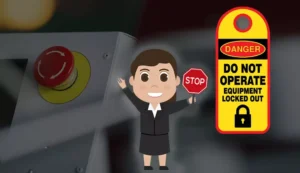Overview of Hazard Analysis
OSHA defines hazard as any situation, source, or act that has a potential to cause harm such as ill health or injury, or even a combination of the two. Hazards are the primary cause for occupational safety and health problems. All employers should identify and remove all potential hazards from the workplace. To keep the workplace safe, employers must conduct hazard analysis. Hazard analysis is the process of identifying hazards that have the potential to arise from a system or environment, documenting their unwanted consequences, and analyzing their underlying causes. The hazard analysis process starts in the early stages of a project with a Preliminary Hazard Analysis (PHA) and continues throughout the product’s life cycle.









































